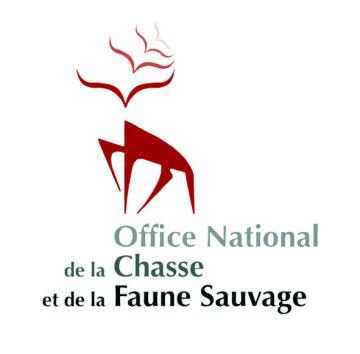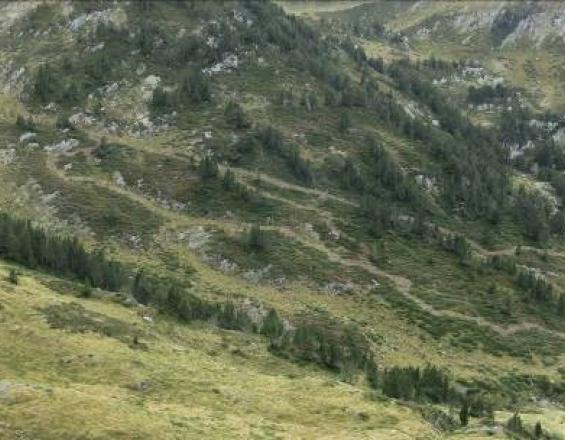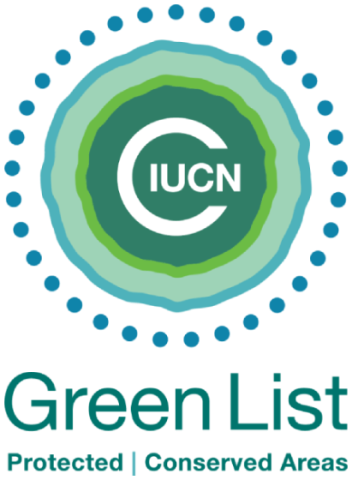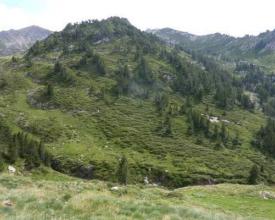
Joint planning process for better pastoral paths and grazing areas layouts in RNCFS d'Orlu, Ariège

A joint definition of pastoral clearings, organized by a group including all the stakeholders from the protected area, started up in 2014 to improve efficiency of pastoral paths and grazing areas layouts.
During two field sessions, before and after clearing works, the representatives of the landowner and the manager (ONCFS) of the protected area, the livestock farmer and the company in charge of field clearing, reviewed together all the concerned areas (200 ha) to:
- compare individual stakes (related to pastoral or ecological issues),
- define the range and the local conditions of clearing
- and finally evaluate their quality.
It appeared that the quality of clearings, measured by the likeness with the previewed works in the first session, reached up to 90% of conformity and positive ecological impact on capercaillie and pyrenean grey partridge habitat.
It also revealed the importance of field sessions previously to any work planning, witch guarantee acceptance by all stakeholders.
Context
Challenges addressed
Location
Impacts
The impacts were positives on three scales : species habitats, livestock management and protected area management.
- On the first scale, the realization of clearing operations on precisely defined areas contributed to recreate favourable patchworks of herbaceous and shrub vegetation respectively with rates of 40%-60%. This proportion is pointed out by litterature to produce the best nesting and breeding habitat for capercaillie and pyrenean grey partridge.
- On the second scale, the works improved livestock management by facilitating herd driving to pastured lands (slower speed of movement between two pastures) and better utilization of areas formerly closed up by shrubs.
- At the protected area level, this joint planning process, for clearing or others related field works, improved cooperation between local stakeholders.
By comparing interests and issues, sharing solutions and decisions, this process ensure transparency in work planning, social acceptance, appropriation by and better involvement of local stakeholders in the conservation policies implemented by the protected area manager.




